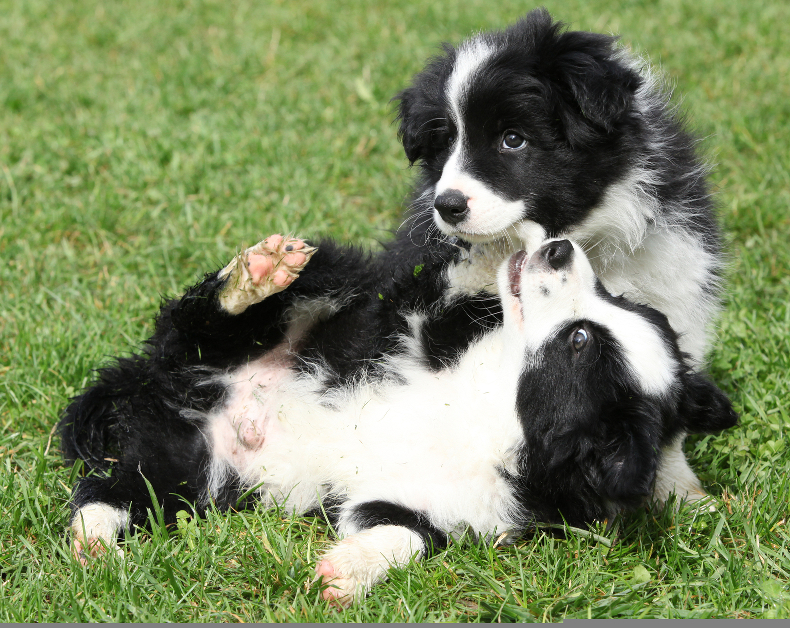Puppy Assessment
|
|

|
|
|

|
I coach owners to train their own assistance or medical alert dog, as well as educating owners how to train their pet dogs to live a happier, more harmonious life with a family. I can assess a puppy to help you determine if it will be suitable for a life of assistance work, as well as helping you find the perfect puppy for you household, whether you are a family of 5, living in the suburbs, or a single, in an inner city apartment.
Assessing The OwnerThe first thing I do when assessing a dog is to assess the person. There are a number of questions that need to be asked: |

|

|
Assessing The DogOnce these questions have been answered satisfactorily, I turn to the dog in question. I look at the environment the dogs and pups are in, the health, temperament, and longevity of the line. If prospective owners are planning on purchasing a puppy, I first ascertain where the pup is coming from. If from a breeder, is the pup is already born, or are they are waiting for a litter? I then meet with the breeder to discuss, and meet the sire and dame. I would advise against selecting a dog from a breeder who is reticent to discuss these things, or allow access to the whelping area or pups’ parents. |
Early Nuerological Stimulation ProtocolsIf the dog is yet to be born, or less than 16 days old, I request the breeder use early neurological stimulation protocols. These protocols may stress the pup slightly, but they have a proven effect on development, by helping pups mature at a faster rate. Dogs stimulated in this way also perform better in certain problem solving tasks, and seem to be more resilient than their litter mates who have not been subjected to these protocols. If the breeder is not able to perform these protocols, are they willing to allow the client to perform them daily for the required length of time?The early neurological stimulation protocols are: |

|
Adult/Rescue DogsIf the dog is a bit older I will still investigate parentage, if possible, and where the pup has been raised to this point. I look at their health, socialisation, overall temperament, bounce back, and foot dominance. I’m looking for a middle of the road temperament. A pup that is timid and easily frightened with no bounce back, may find life as an assistance dog overwhelming. A dog who is the life of the party and into everything, with no caution, may find difficulty with the self control required. I want to see a dog with drive, but not too much drive. I check for paw dominance, as right footed dogs have historically been more successful at this type of work. If a client has an adult dog, or wants to rescue a dog, I first speak to the guardian/carer or visit the shelter where the dog is housed, to get as much background as possible. I look at all the things I have mentioned previously, as well as signs of aggression, and previous training history. All of these things do not guarantee that a chosen dog will be successful in completing the required training to become an assistance dog. It does, however, give them the best chance. My main focus in this process is quality of life, for both dog and handler. |